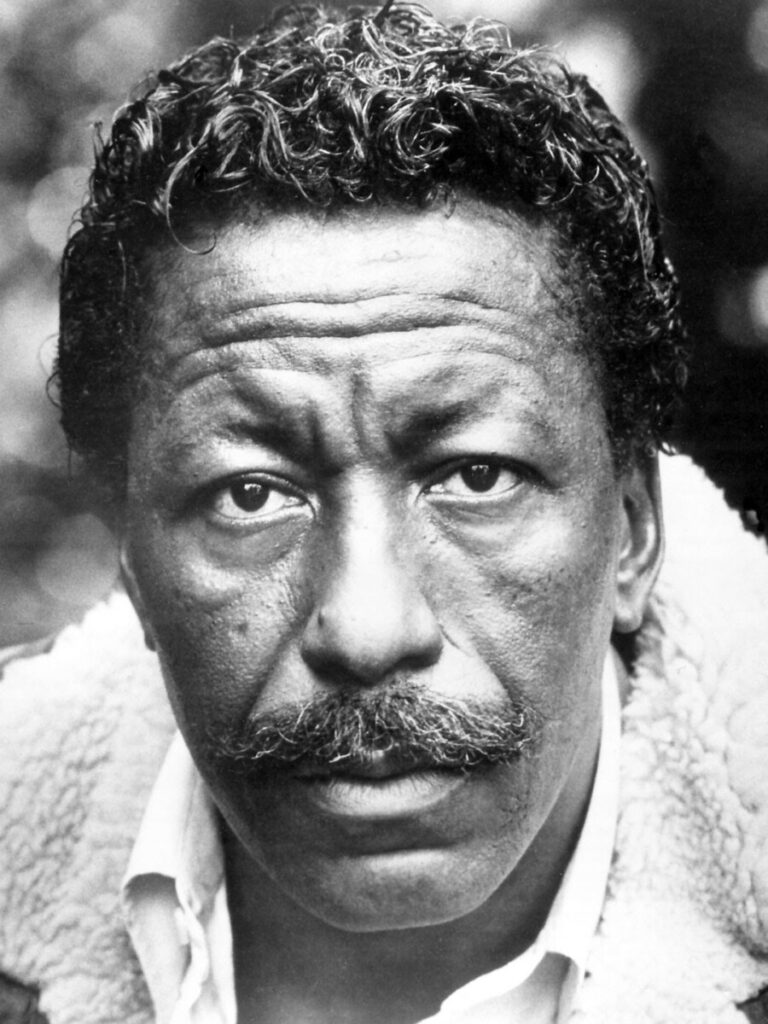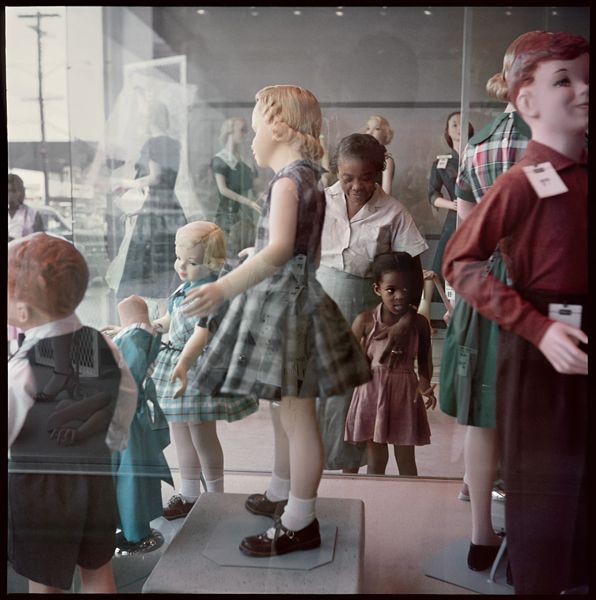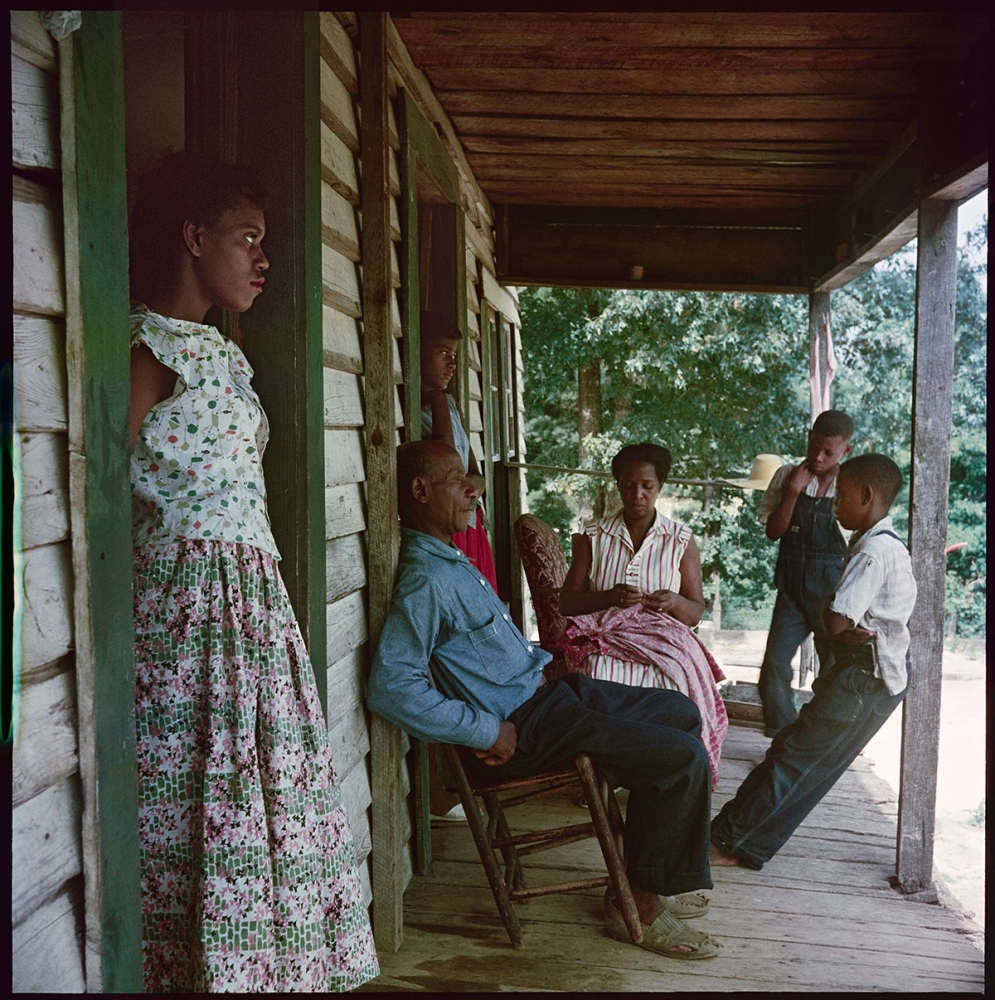
Gordon Parks was an American photographer, musician, writer and film director, who became prominent in U.S. documentary photojournalism from the 1940s to the 1970s. His work particularly addressed issues such as civil rights, poverty and African-Americans. His work also extended to glamour photography as he is noted to be first black photographer to have his work featured in fashion and lifestyle magazines such as Vogue, Glamour and Life magazines.

Parks was known for his photographs depicting Black lives in the south and Harlem. His photos would often depict everyday Black people taking part in the daily activities while navigating racial trials and tribulations. An example to this would be his 1956 “Segregation of the South” for Life Magazine, which depicts the “racial tensions entrenched” in Montgomery, Alabama. It focused on the Causey family who through their patriarch, Willie Causey, had achieved “a certain level of financial success”, cutting wood and share cropping. Parks photographed the home and work life Willie, his wife, Allie, and their five children as well as The Thorntons, Allie’s parents, altogether capturing four generations of the family.

As a photojournalist, Parks had to adhere to the code of ethics applied by and to other forms of journalism, one that values the utmost objectivity. However, when I read the instructions assigned to him by Life and the actual outcome of the photographs, I could not help but wonder if there was a conflict of objectivity between Life’s and Parks’. The assignment was to capture racial tensions but instead Parks captured the story of a regular and successful Black family who went on to suffer cruel racial treatment after the story was published. This then poses the question, did Parks violate any ethical standard? Based on my class teachings, I would say no, as I believe that both Life’s and Parks’ perspective of objectivity simply diverge in the types of ethics both approached the project with. On Life’s part, it is a question of Applied Ethics, they established what Parks was permitted to do when taking on this project whereas the latter approached it more from a Normative Ethics point of view, he determined what was the best moral course of action when documenting the Causeys and Thorntons.


